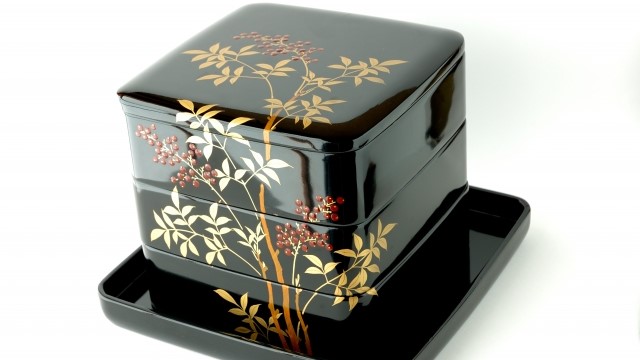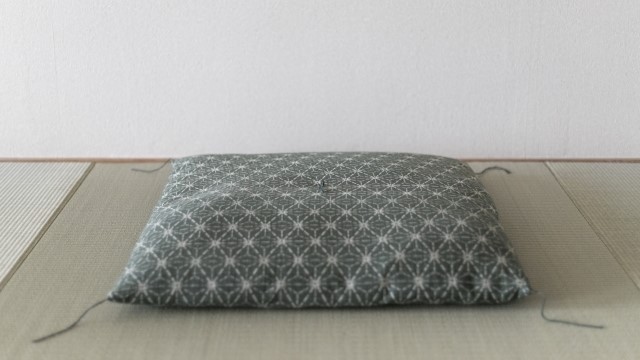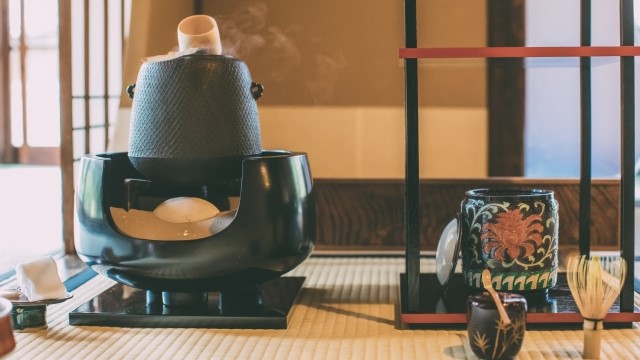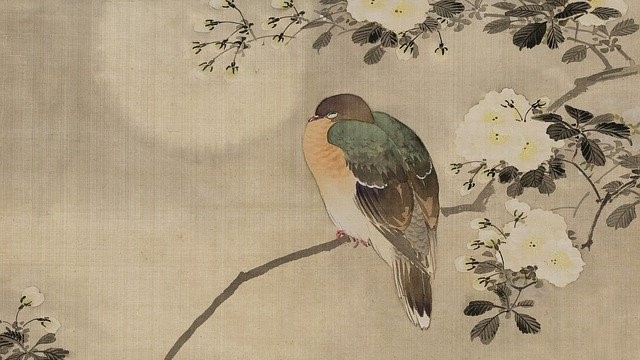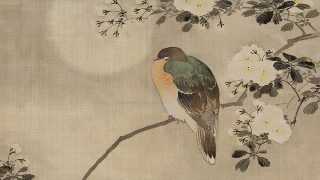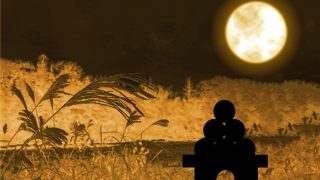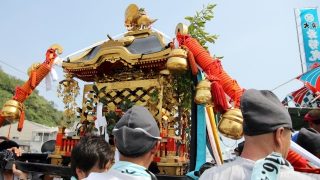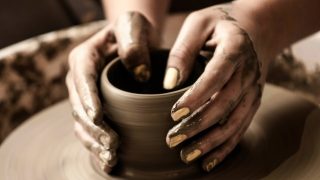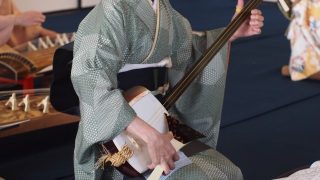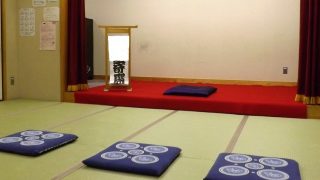About Shitsugei (The craft of Japanese lacquer-漆芸)
Shitsugei is a technique for creating artwork by applying the sap from the Urushi, Japanese lacquer, tree to the vessel’s surface or drawing a pattern using Urushi.
Urushi, a Japanese lacquer, is a plant that is found in Japan, China, Southeast Asia, and India.
The sap collected from the poison oak, Urushi, tree repels water when it hardens and creates a non-abrasive coating, so it has been used as a tool in daily life since ancient times.
Urushi is also very durable, water resistant, insulating, and preservative, and it is said that no synthetic paint has been developed to surpass Urushi.
Using the characteristics of the Urushi, boxes for essential documents and costumes, musical instruments, and armor have been made by beautifully decorating them with gold, silver, and shells. Today, in addition to daily necessities such as bowls and trays, beautiful Shitsugei works such as tea utensils and decorative boxes are made.
Urushi is also used on floors, ceilings, and other buildings because it has antibacterial and antiseptic properties when painted and can prevent the growth of bacteria and insects.
・Urushi tree
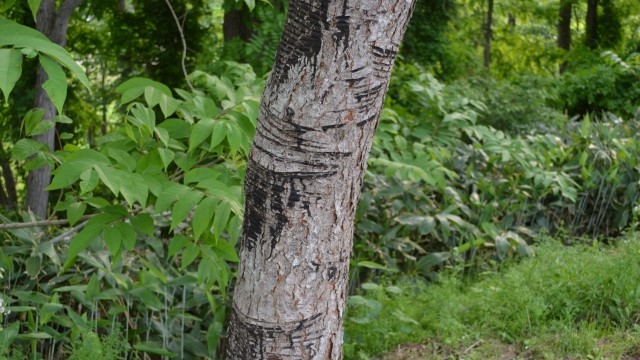
The beginning of Shitsugei
Urushi, Japanese lacquer, has been used as an adhesive since the Stone Age, and as a paint, earthenware and wooden vessels coated with Urushi have been found in the Jomon period.
During the Nara period, various techniques were introduced from China, and crafts such as the Tamamushi-no-zushi of Horyu-ji Temple were created.
In the Heian period, Urushi was used to decorate buildings, and by the Kamakura period, vessels using Urushi became popular among the ordinary people.
During the Azuchi-Momoyama period, lacquerware with techniques such as Maki-e and Raden was exported to the West. In the West, it became so popular that imitations were made. In the Edo period, Ogata Korin and others created original lacquerware works.
Production process of lacquerware (Wajima-nuri, 輪島塗)
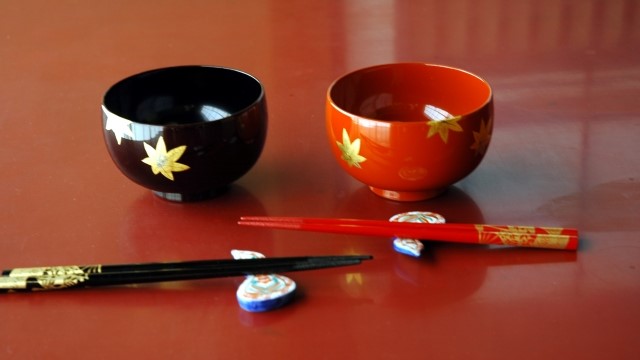
Lacquerware is a craft that applies Urushi to wood and other materials in layers.
Lacquerware production can be broadly divided into four processes: Kijizukuri (making the wood base), Shitajizukuri (making the base), Nuri (painting), and Kashoku (decorating). On the way, drying and polishing are also added, so 30 to 50 processes exist.
Kijizukuri, making the wood base
A cylindrical piece of wood is put on a pottery wheel and shaved into a larger bowl shape than the finished product. After a few months of drying, it is shaved with Kanna on the pottery wheel to shape it.
Shitajizukuri, making the base
Kiurushi is applied to the entire surface to make the wood stronger. Next, the fragile mouth and bottom areas are reinforced with a linen or cotton cloth, and the base is then coated with a mixture of Kiurushi and a base material.
Nuri, painting
Apply the purified Urushi and allow the product to dry in a sealed room, Nushi-buro, with a humidity of 70-80%. It is then applied with more purified Urushi and placed in a sealed room, Nushi-buro, to dry.
Kashoku, decoration
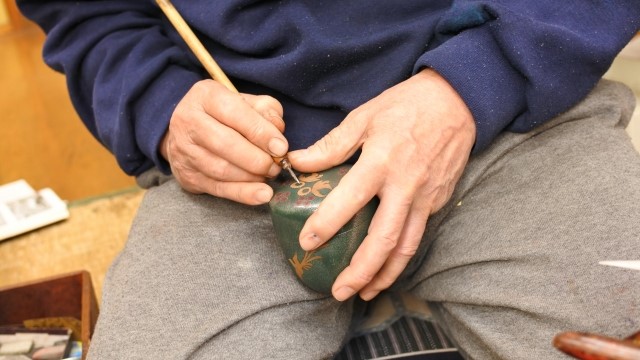
Various techniques such as Maki-e, Chinkin, and Raden are used to decorate the lacquerware. The decoration technique makes the best use of the characteristics of Urushi and adds a more gorgeous color to its gloss.
About Urushi and lacquerware today
Currently, 98% of the Urushi used in Japan comes from abroad (2014, Forestry Agency data).
However, since many of the cultural properties and traditional buildings used in these buildings use domestic-made Urushi, the survival of domestic-made Urushi is essential for future repair and restoration.
70% of domestic Urushi is produced in Iwate and Ibaraki prefectures.
Urushi scraping, Urushi-kaki, a technique of harvesting Urushi from trees, has been handed down from ancient times to the present.
Lacquerware is produced in many parts of Japan. During the Edo period (1603-1868), lacquerware production was encouraged in many areas of Japan and spread throughout the country.
From Tsugaru lacquerware in Aomori in the north part of Japan to Kanazawa lacquerware, famous for its gorgeous Kaga maki-e, Kyoto lacquerware with its traditional art maki-e, and Ryukyu lacquerware with its vivid vermilion color, all have developed uniquely based on the resources and historical background of each region.
Today, the world of Shitsugei is facing the same challenges as other Japanese crafts, such as the problem of technical succession and the lack of successors, but the Urushi culture, which has been handed down from generation to generation, is still an indispensable part of Japanese life and culture.
・Photo after the Urushi scraping, Urushi-kaki



